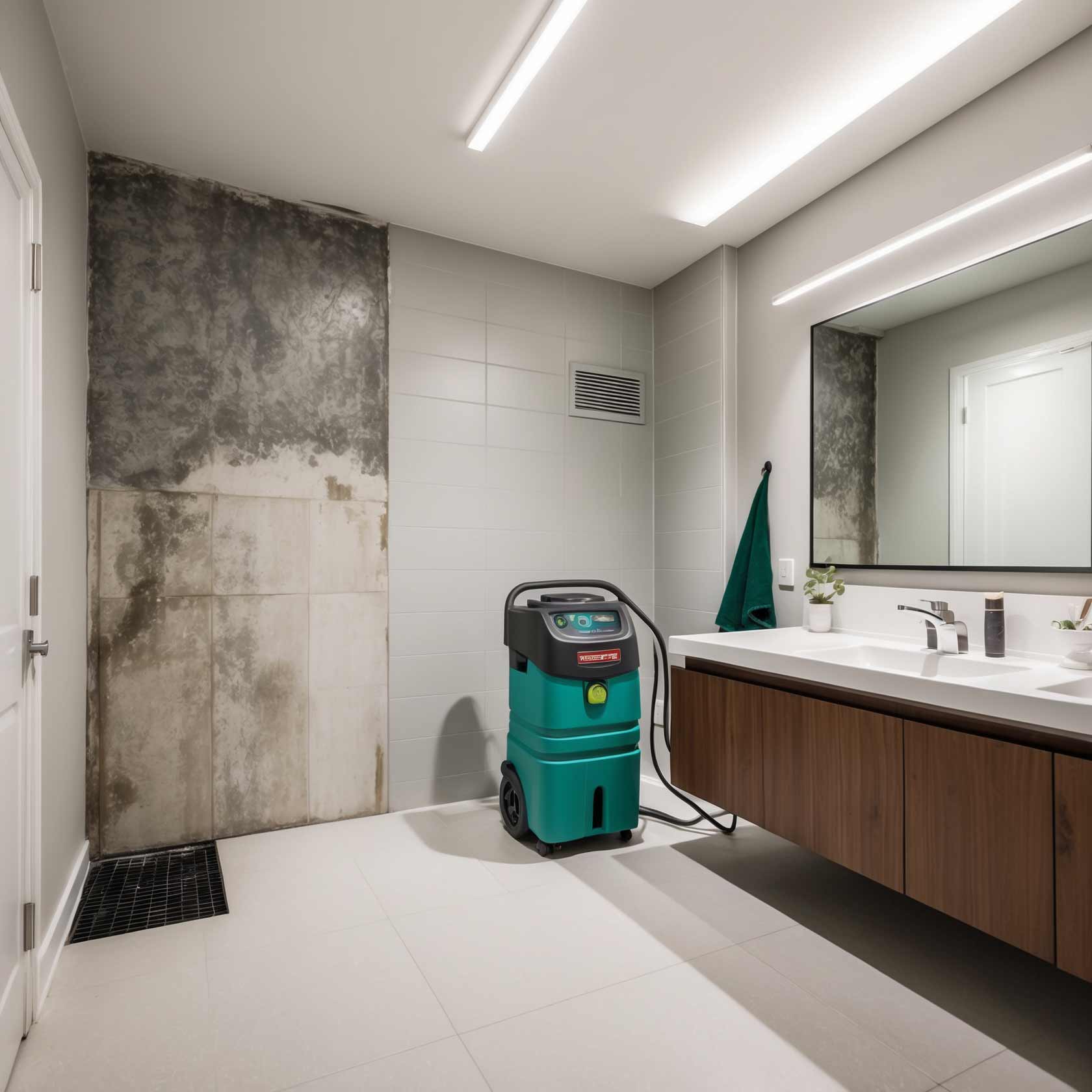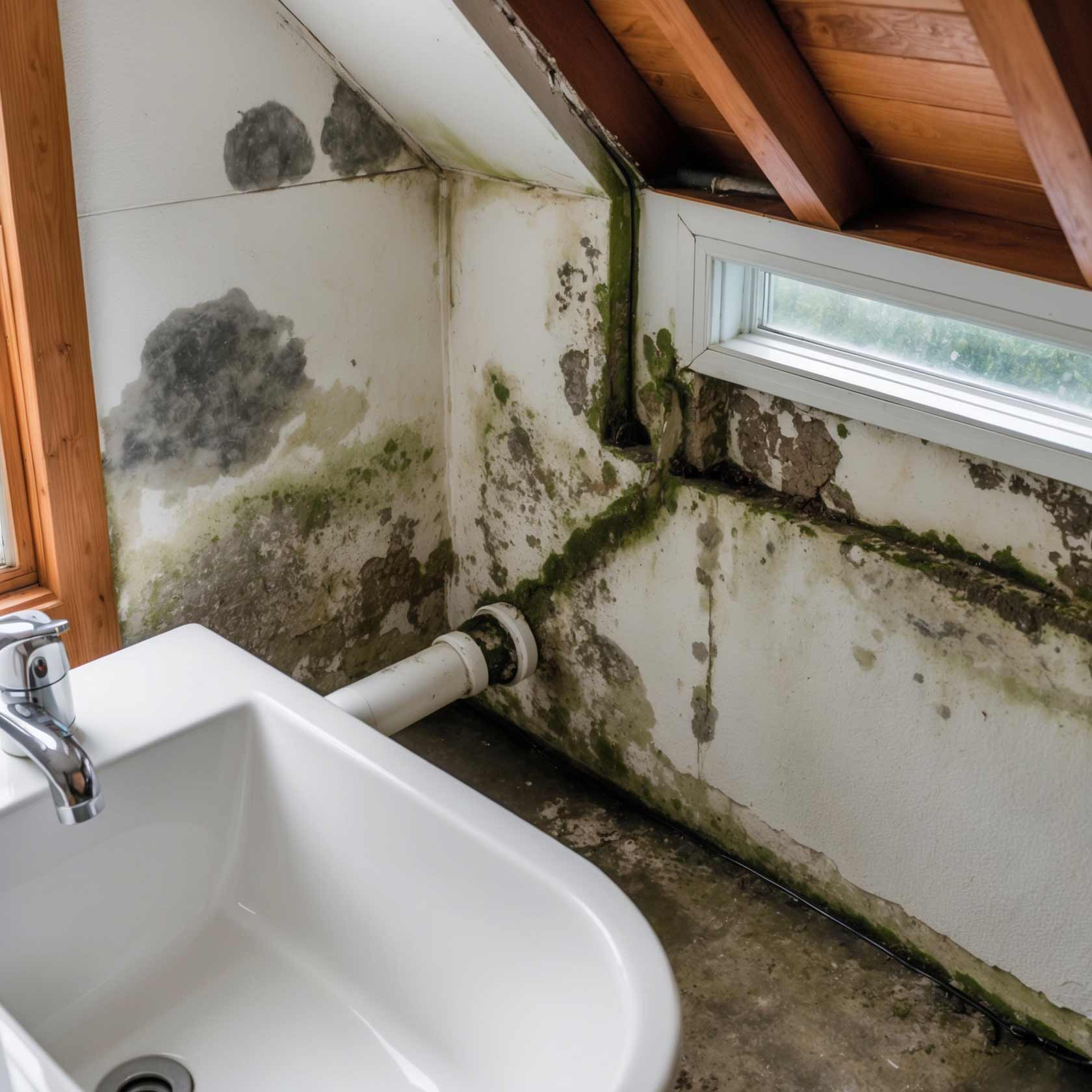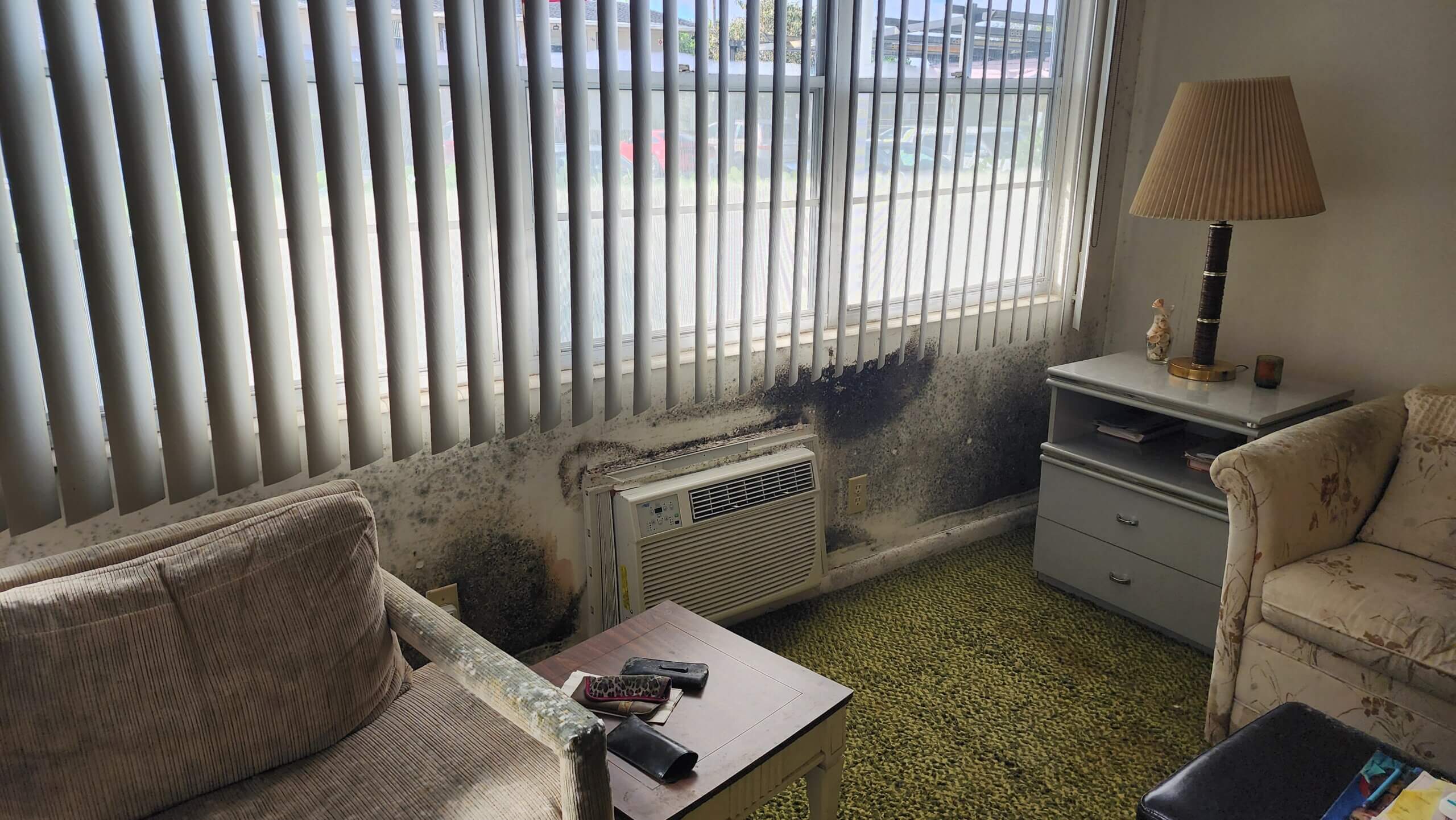The Quest for a Mold-Free Home: Can Mold Be Completely Eradicated?
Creating a mold-free home is a pursuit that many homeowners take seriously. Mold, with its insidious growth and potential health risks, raises a constant concern for families worldwide. This comprehensive guide will delve into the complexities of mold removal, exploring not only whether complete eradication is possible but also the necessary steps to maintain a healthy living environment.

Understanding Mold: What Is It and Why Does It Matter?
Mold is a type of fungus that thrives in damp, warm environments. While it plays an essential role in nature by mold cleaning techniques breaking down organic matter, its presence indoors can lead to serious health issues. Mold spores are everywhere; they float through the air and can easily settle on surfaces in your home.
The Science Behind Mold Growth
Mold requires three critical components to thrive:

Understanding these factors is crucial in preventing mold growth.
Health Risks Associated with Mold Exposure
Exposure to mold can cause various health issues ranging from mild allergies to severe respiratory problems. Symptoms may include:
- Coughing
- Sneezing
- Skin irritation
- Eye irritation
- More severe reactions in individuals with asthma or compromised immune systems
Being aware of these risks underscores the importance of effective mold removal strategies.
The Quest for a Mold-Free Home: Can Mold Be Completely Eradicated?
Now that we recognize what mold is and why it’s problematic, let’s tackle the burning question: can mold be completely eradicated? While complete elimination may seem ideal, achieving this goal is more complex than it appears.
Factors Influencing Mold Eradication
The Reality of Complete Eradication
While one might strive for perfection in their quest for a mold-free home, it's important to recognize that mold spores are naturally occurring and ubiquitous in our environment. Thus, while you can significantly reduce its presence through diligent cleaning and preventive measures, achieving absolute eradication may not be feasible.
Effective Strategies for Mold Removal
To combat the presence of mold and keep it at bay, several effective strategies have been developed over time.
1. Identify Problem Areas
Regular inspections should focus on areas prone to moisture:
- Basements
- Bathrooms
- Kitchens
Utilizing tools like moisture meters can help identify hidden dampness behind walls or beneath floors.
2. Control Humidity Levels
Keeping indoor humidity below 60% can dramatically reduce the chances of mold growth. Consider employing:
- Dehumidifiers
- Ventilation fans
- Air conditioning systems
3. Use Proper Cleaning Techniques
When dealing with moldy surfaces:
- Use soap and water or specialized cleaning solutions for small infestations.
- For larger outbreaks (greater than 10 square feet), consider consulting professionals for thorough remediation.
4. Repair Leaks Promptly
Addressing any leaks in roofs, plumbing systems, or foundations immediately will prevent moisture accumulation—one of the primary catalysts for mold growth.
5. Employ Professional Mold Removal Services
In cases where infestations are severe or persistent, professional services specializing in mold removal may be necessary:
| Service | Description | |---------|-------------| | Inspection | Comprehensive evaluation of property | | Remediation | Safe removal following industry standards | | Prevention | Strategies tailored to minimize future occurrences |
DIY vs Professional Mold Removal: Which Is Better?
When faced with a mold problem, homeowners often wonder whether to tackle it themselves or hire professionals.
Advantages of DIY Mold Removal
- Cost-effective solution
- Immediate action on smaller infestations
- Educational experience about maintaining home health
Disadvantages of DIY
- Risk of incomplete removal leading to recurrence
- Potential exposure to harmful spores without proper protection
Advantages of Professional Services
- Expertise ensures thorough remediation
- Advanced equipment reduces risk of cross-contamination
- Comprehensive follow-up assessments
Disadvantages of Professional Services
- Higher costs compared to DIY methods
- Potential delays based on scheduling availability
Ultimately, weighing these pros and cons will help determine the best course of action based on individual circumstances and severity levels.
Preventive Measures Against Future Mold Growth
Once you've successfully removed existing mold from your home, implementing preventive measures becomes vital in ensuring it doesn’t return.

1. Proper Ventilation Systems
Ensure bathrooms and kitchens have adequate ventilation systems installed that exhaust moist air outside rather than recirculating it indoors.
2. Insulation Techniques
Proper insulation prevents condensation on cold surfaces such as windows and pipes—common sites for potential mold growth.
3. Regular Cleaning Routines
Incorporate routine cleaning practices that target potential problem areas with special attention given during humid months when conditions favor growth.
Recognizing Signs of Hidden Mold Infestations
Being vigilant about early signs helps intervene before infestations escalate into significant issues:
Taking action upon noticing these signs is crucial for maintaining a healthy environment!
FAQs About Mold Removal
Here’s a list of frequently asked questions regarding mold removal along with concise answers:
FAQ 1: What causes household molds?
Answer: Household molds typically arise from excessive moisture due to leaks, high humidity levels, inadequate ventilation, or flooding events.
FAQ 2: How can I tell if I have hidden molds?
Answer: Look out for musty smells or visible signs like discoloration on walls; also monitor any unexplained increases in allergy symptoms among residents.
FAQ 3: Are there eco-friendly options available for cleaning molds?
Answer: Yes! Vinegar solutions (white vinegar) effectively kill many types without harsh chemicals; baking soda mixed with water also offers mild abrasive power against stains!
FAQ 4: How often should I inspect my home for molds?
Answer: Conduct seasonal checks each spring/early fall when humidity levels fluctuate significantly along with regular monthly spot checks depending on local climate conditions!
FAQ 5: Can I remove molds myself?
Answer: Small patches (under ten square feet) may be manageable via DIY methods using soap/water mixtures; however larger infestations warrant hiring professionals familiarized with safe handling protocols!
FAQ 6: What should I do if my allergies worsen?
Answer: Consult medical professionals while simultaneously inspecting your living environment since allergens could point towards underlying issues needing resolution immediately!
Conclusion
In conclusion, while achieving a completely mold-free home remains an elusive goal due mainly due to our natural surroundings harboring spores regardless of efforts made—implementing effective strategies ensures minimized risks associated with their existence within our spaces! Understanding essential components like controlling moisture levels alongside recognizing early signs helps foster healthier living environments conducive towards well-being overall! Therefore embark upon this journey equipped with knowledge gleaned here today—your quest awaits toward cultivating safer havens free from unwanted guests!